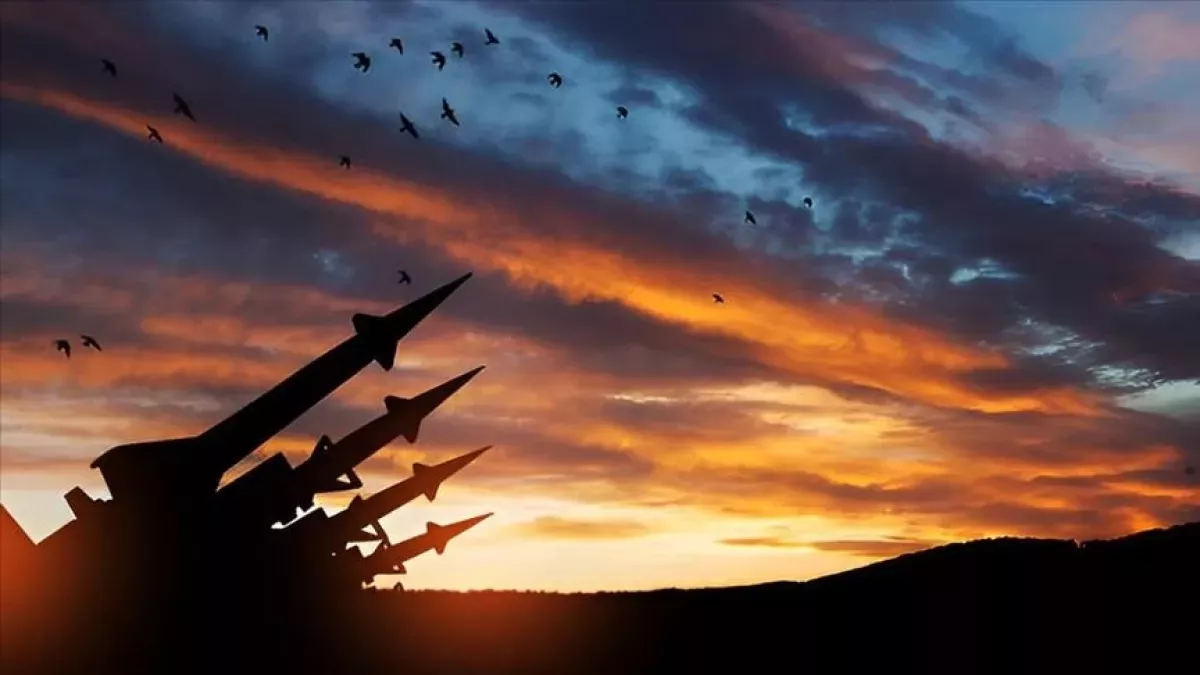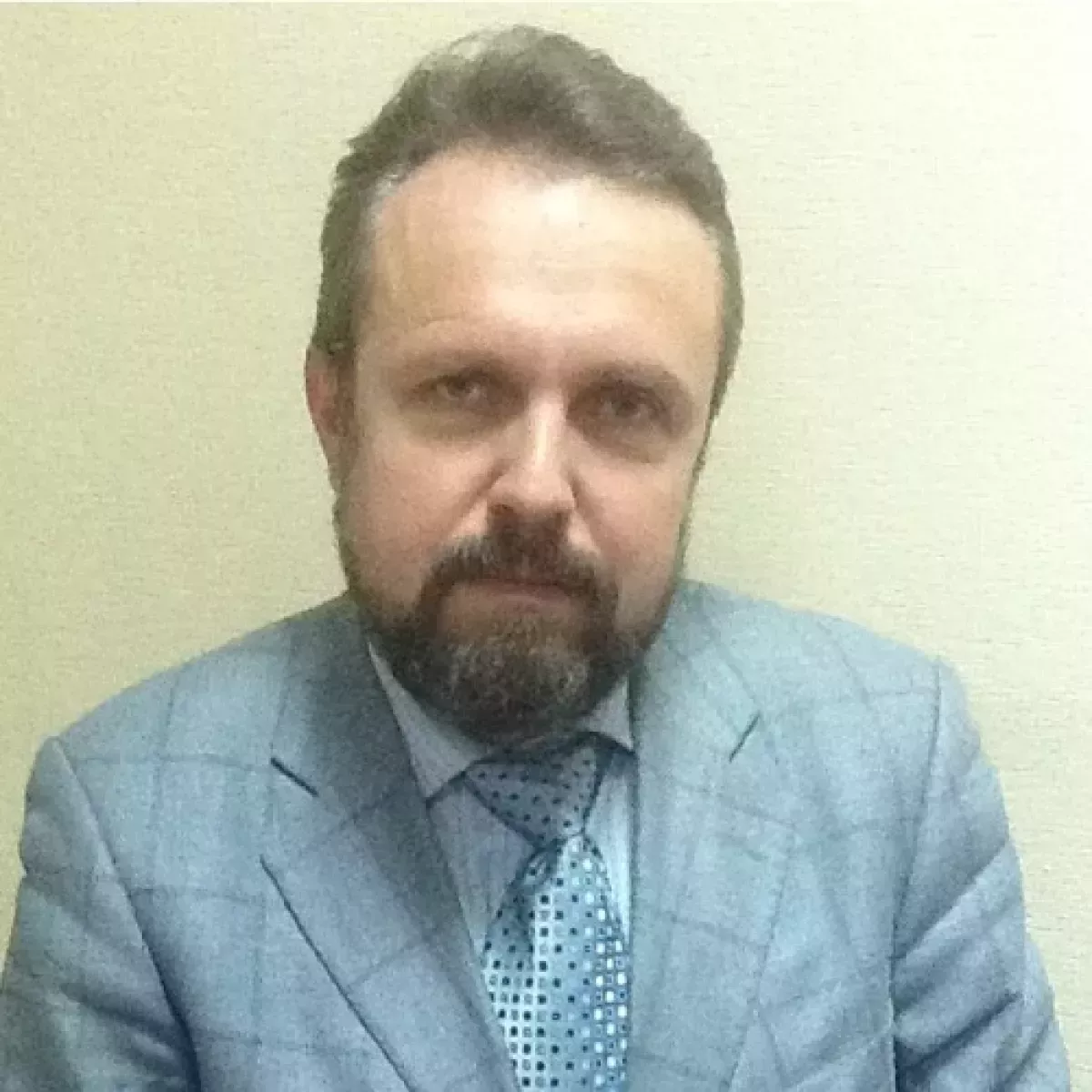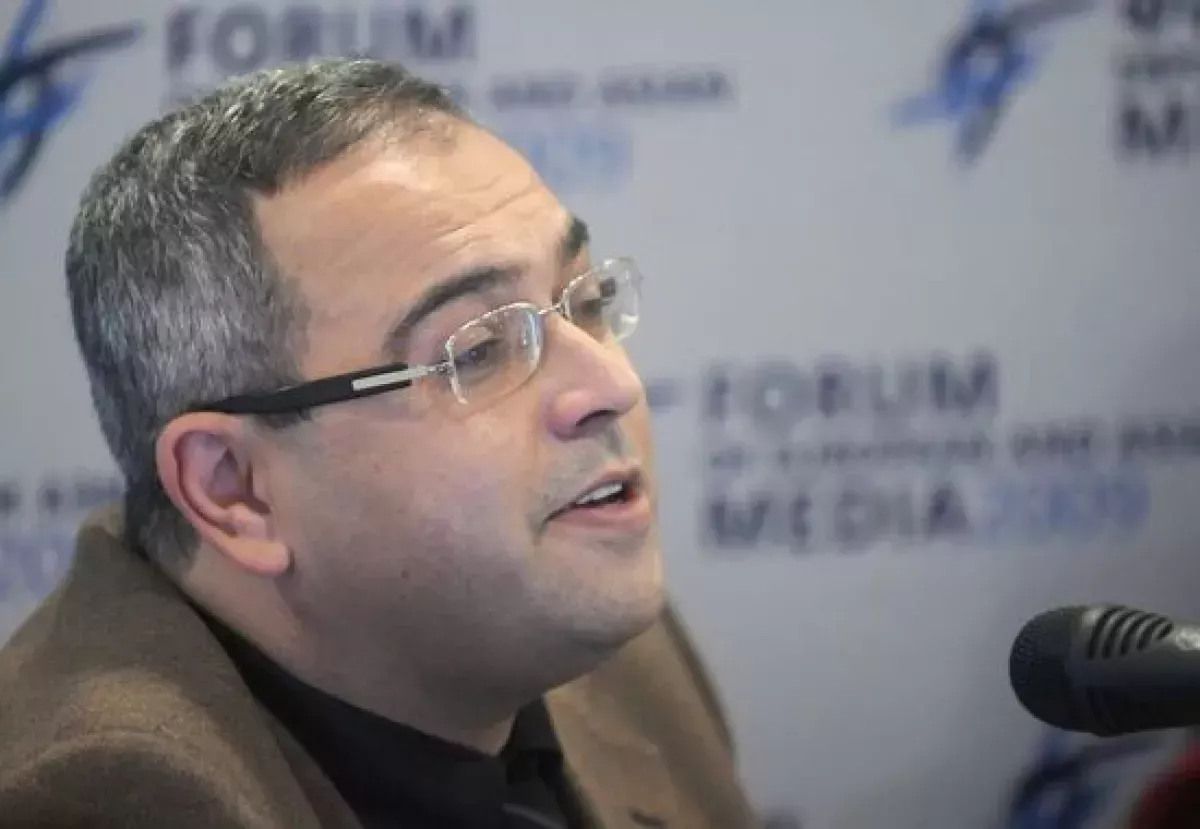Five potential conflicts: Which could turn nuclear? Experts weigh in
The newspaper Politico, citing U.S. intelligence data and expert opinions, writes that in the next five years, five major conflicts could erupt worldwide.
The highest likelihood of escalation remains in the relations between India and Pakistan, which possess comparable nuclear arsenals. Of particular concern is the low threshold for the use of nuclear weapons, enshrined in Pakistan’s military doctrine.

Another potential flashpoint, according to Politico, is the confrontation between mainland China and the island of Taiwan, which could alter the balance of power in Asia. The publication notes that the U.S. has traditionally expressed support for Taiwan, but it is unclear how firmly Donald Trump would maintain this stance.
Among other risks mentioned is a possible Russian invasion of the Baltic countries, which would be a test for NATO. There is also continued high tension along the India-China border, where effective mechanisms for crisis prevention are still lacking.
Finally, experts express particular concern over the situation on the Korean Peninsula. Kim Jong Un’s regime, which possesses nuclear weapons, remains unpredictable, and any attempt to consolidate power internally could trigger a conflict escalation.
How likely is the danger of all these conflicts igniting? And what if they start almost simultaneously, as this could lead to a Third World War? And moreover—a nuclear war? Does this mean humanity is on the brink of destruction?
Renowned analysts shared their thoughts on this matter with Caliber.Az.

Anatoliy Pinchuk, Head of the Board at the Kyiv-based Eastern Europe Security Institute, believes that the likelihood of all five potential conflicts occurring simultaneously is low (for example, in 2025–2027).
“According to assessments by experts from the CFR [Council on Foreign Relations] and the Atlantic Council, it is less than 5%. Especially considering that these conflicts have different causes and lines of confrontation.
The greatest risks are posed by the India-Pakistan standoff. But even there, I believe prudence will prevail.
China–Taiwan and Russia–the Baltic countries — all of this directly depends on developments in Ukraine. If Russia’s actual accountability for the war against Ukraine increases, and its overall losses from the war grow, the likelihood of these conflicts approaches zero. In the case of the Baltics, this is obvious, and China does not like sudden moves and always considers the consequences. If Russia faces severe negative outcomes, this will be a serious deterrent for China.
By the way, this is another reason to bring legal arguments—highly disadvantageous for the Kremlin—into the negotiation process for ending the Russia-Ukraine war. Accordingly, the probability of a full-scale Third World War, and even more so a nuclear one, is minimal. A hybrid world war, however, has long been underway,” Pinchuk believes.

Independent Azerbaijani analyst Rashad Rzaguliyev, in turn, stated that what Politico writes today reflects the reality of a world experiencing a crisis of geopolitical and inter-civilizational planetary identity.
“Centuries-old physical and mental maps, familiar to many generations of the past, are fading into oblivion. And the triggers of upheavals have already been clearly marked and embedded. Many forecasters, including yours truly, have spoken and written about this.
I personally fully agree with the assessments of this publication. Yes, the world is on the eve of a great global war, where the law of power completely overrides not only the rusty and outdated structure of international law, but also the idea—albeit partially—of a just peaceful coexistence among modern states.
We are all witnesses and participants in a civilizational ‘chaos’ that precedes the New World Order and the formation of so-called pan-regionalism—or, in modern terms, pan-regions—theory of which was once proposed by Nazi Germany ideologist Karl Haushofer.
The sparks of the upcoming war are undoubtedly dangerous, particularly given the low threshold for nuclear catastrophe—not to mention other negative consequences for the human population. Let us hope that the impending geopolitical ‘chaos’ is of a ‘controlled nature.’ It has long been secretly developed by serious analysts, experts, and scholars, funded by well-known global geopolitical centres and transnational politico-financial groups. In fact, there have been corresponding and numerous informational ‘leaks’ in the global media.
Yet humanity preferred to dismiss this as mere banal conspiracy theories, diverting attention to insignificant, opportunistic topics—especially in areas, as modern yoga coaches now say, of the ‘lower chakras.’
As a result, we now face a whole arsenal of explosive civilizational problems, whose clockwork has already been set in motion,” Rzaguliyev concluded.








